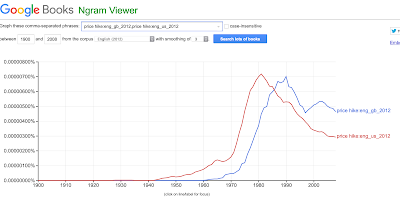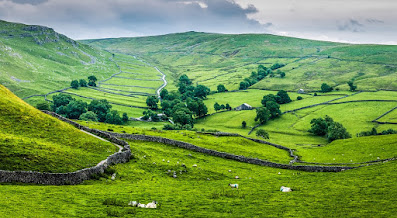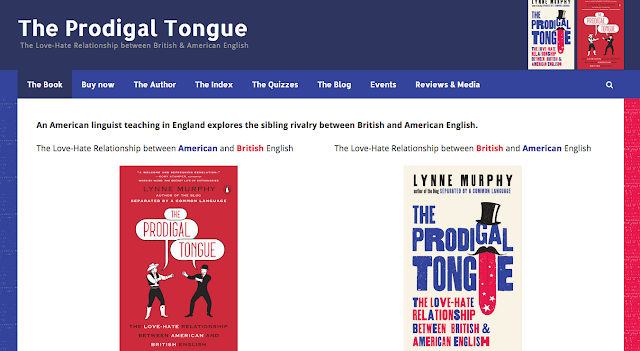UPDATE: This post has become too much of a spam magnet, so I'm closing comments. If you have something you want to say to me about this, please use email.
I am moving this PS to the top, as I want to be sure it's read!
Please do so in the comments here and not on email, unless there are privacy issues to consider with regard to the story. It's much easier for me to keep track of things if they're all together here.
I hope you will indulge me in an off-SbaCL-topic post. More than that, I hope you will keep me and this post in mind as you go through your days.
Here's the deal. I'm writing another general-audience (rather than academic) book. It's rather different from The Prodigal Tongue—still about language (and mostly the English language), but without much in the way of nationalism-bashing. Its working title is Small Words and I am so, so fortunate to again have the support of a National Endowment for the Humanities Public Scholar Award, which gives me time away from my day job to research and write intensively. (This is not a small thing during pandemic times when the day job is 1039% more insane. I thank my colleagues for bearing my absence with such generosity.)
For the purposes of the book, members of the category small words are:
- linguistic elements that do things rather than mean things
- Another way to put this: words with non-referential meaning. They don't "point out" objects or actions or properties in reality or imagination.
- This includes function words (aka grammatical words, like the and or and in and it and is) and many interjections (like ow or oh or hi or yes).
- words that have three or fewer phonemes (speech sounds)
- This often coincides with having three or fewer letters (a, of, the), but not necessarily (that, with, through).
The idea is that there are lots of books that celebrate rare words, big words, dialectal words, forgotten
P.S. I'm happy for everyone to discuss what they're interested in in the comments, but I should emphasi{s/z}e (before I waste anyone's time!) that what I"m looking for are specific anecdotes and witty quotations (etc.) to give 'colo(u)r' to the discussion. I already know what aspects of language the book covers and the relevance of the above fields to those aspects. I can't promise that anything offered will be used in the book, but I will be grateful for any stories/quotations/etc. offered.words. Some claim to be about words you should know. I want to celebrate the words you already people take for granted, because they tell us an awful lot about history, psychology, social relations, thinking processes...in other words, what it means to have a human mind and a human language.
Many areas of life and work are particularly sensitive to the small words. I can think of lots of people I'd want to interview for the book (and some I already have). In alphabetical order, they include:
- comedians
- computer/information scientists
- editors of various kinds
- English literature teachers/critics
- journalists
- lawyers
- language (especially English) learners
- language teachers
- lexicographers
- literacy or (BrE) oracy/(AmE) speech teachers
- neurologists —and their clients (and their clients' family support)
- philosophers
- poets and prose stylists
- pollsters
- psychologists
- psychotherapists
- Scrabble players—and other word-game aficionados
- social scientists of various types
- speech and language therapists —and their clients (and their clients' family support)
- translators and interpreters
I'm particularly looking for interesting anecdotes —personal or historical— that hinge on a small-word usage, misunderstanding, argument, insight, etc.
These are the types of things that serendipity brings me when I'm reading an interesting passage in a politician's diary, hearing a bit in a stand-up show, or noticing a line in an advertisement. This week I noticed Henrietta Pussycat's use of meow as a "small word". That helped me explain some statistical 'laws' of language. The "hooks" that I can use to explain the science of small words come to me from many avenues.
I feel very lucky when I run across these things, because the are scattered so far and wide. But, to paraphrase the old adage "the harder I work, the luckier I get", the more I ask for interesting stories, the luckier I am in finding them.
So, please keep me in mind as you go through your days, read your books, watch your entertainment. If you come across quotations, arguments, marvellings, anecdotes about small words, could you drop me a line? If you know of non-academic folk who really should be interviewed about their relationships with small words, let me know. The best way to do that would be to leave a comment at this blog post, where I'll be able to dip back and find what people have sent me. If the information needs to be presented more anonymously, then email works.
This has been my cry for help! Thanks for reading! I'll leave you with this thought about smallness from Bertrand Russell:
There is no need to worship mere size. […] Sir Isaac Newton was very much smaller than a hippopotamus, but we do not on that account value him less.




















































